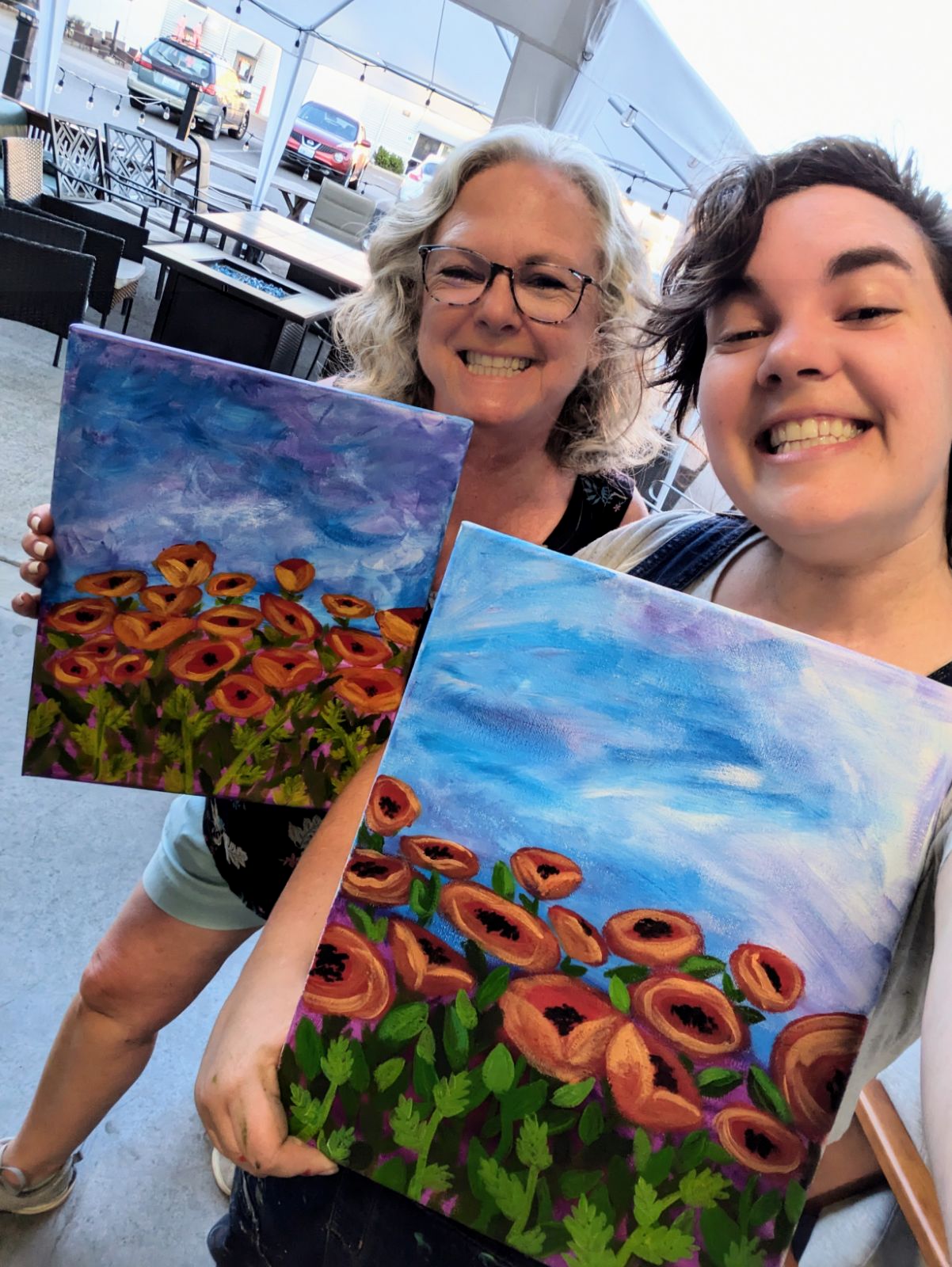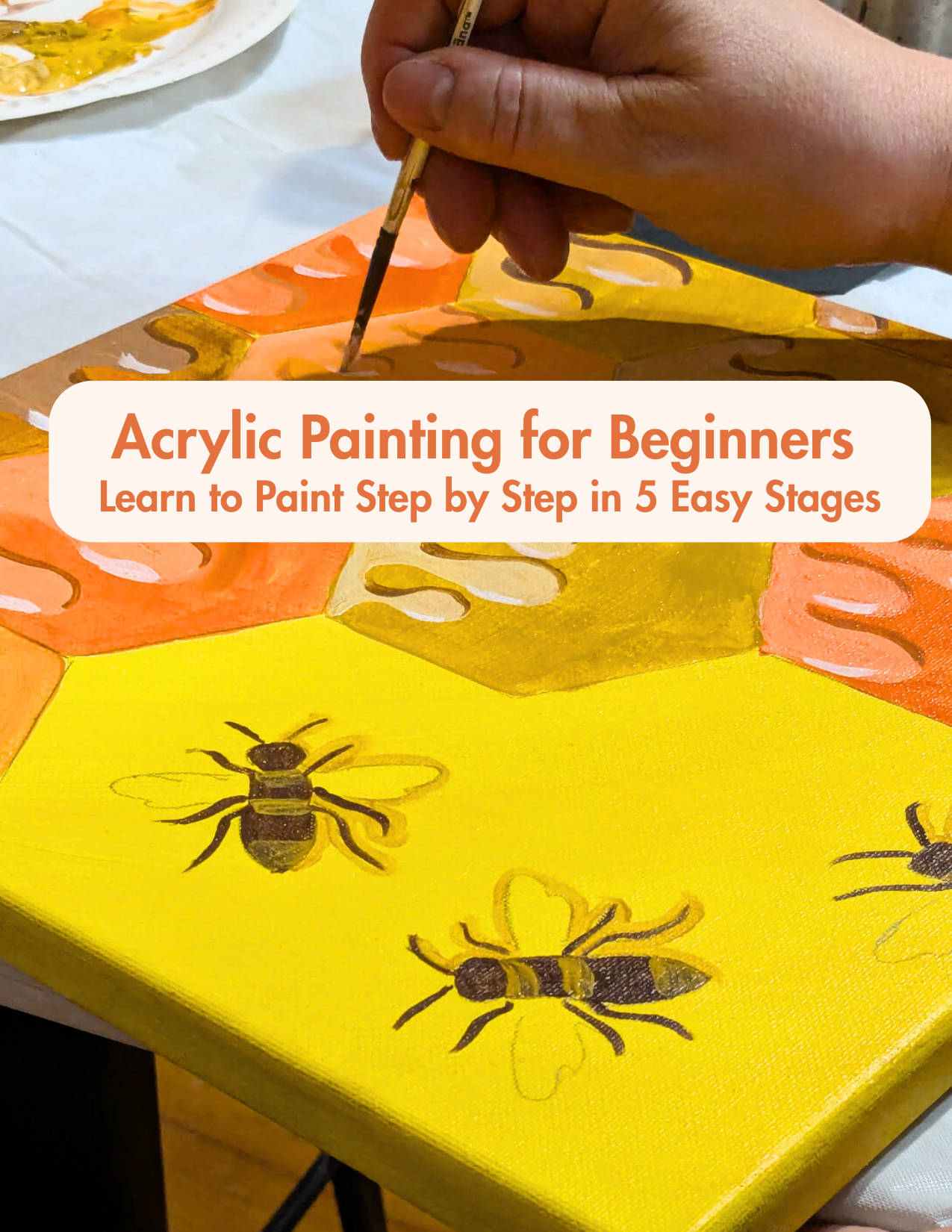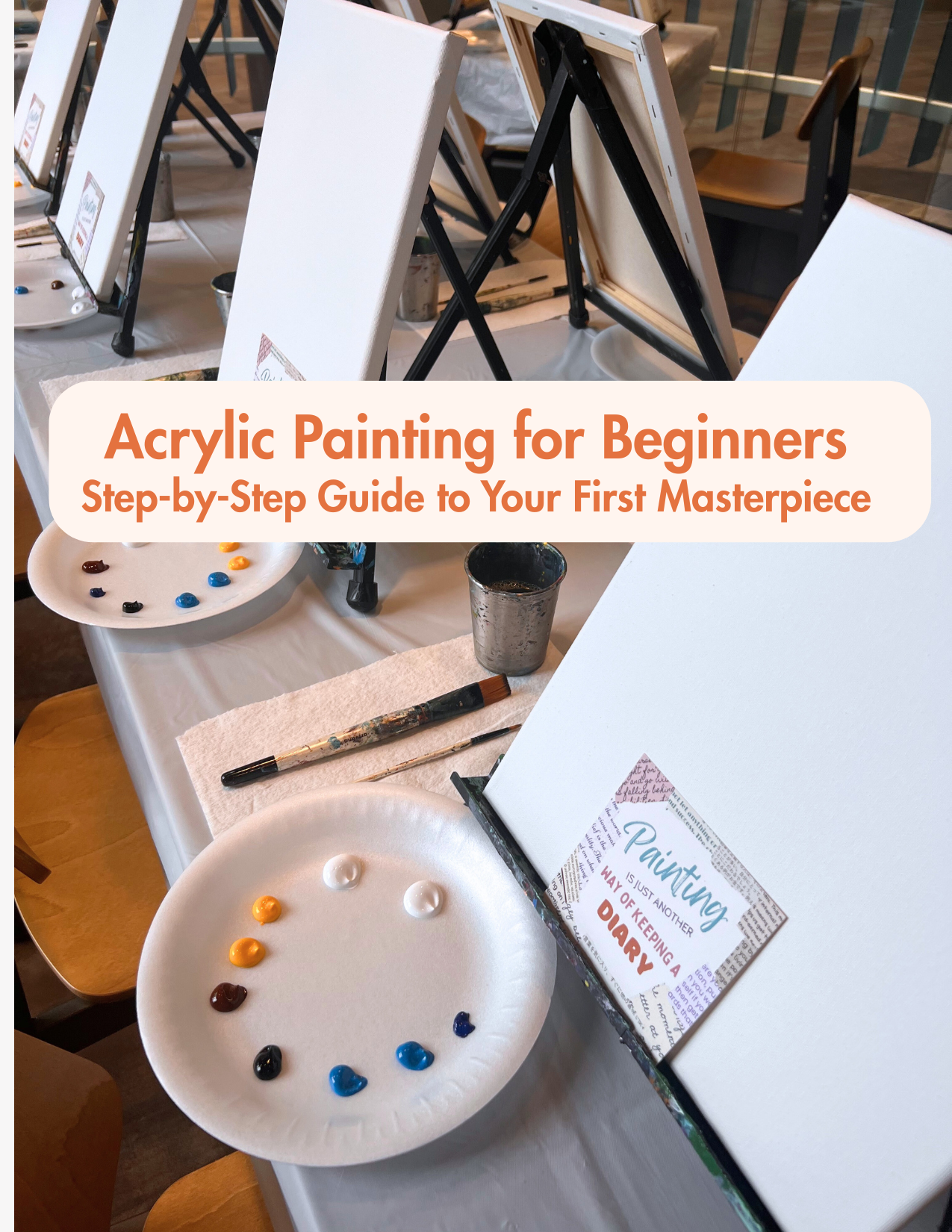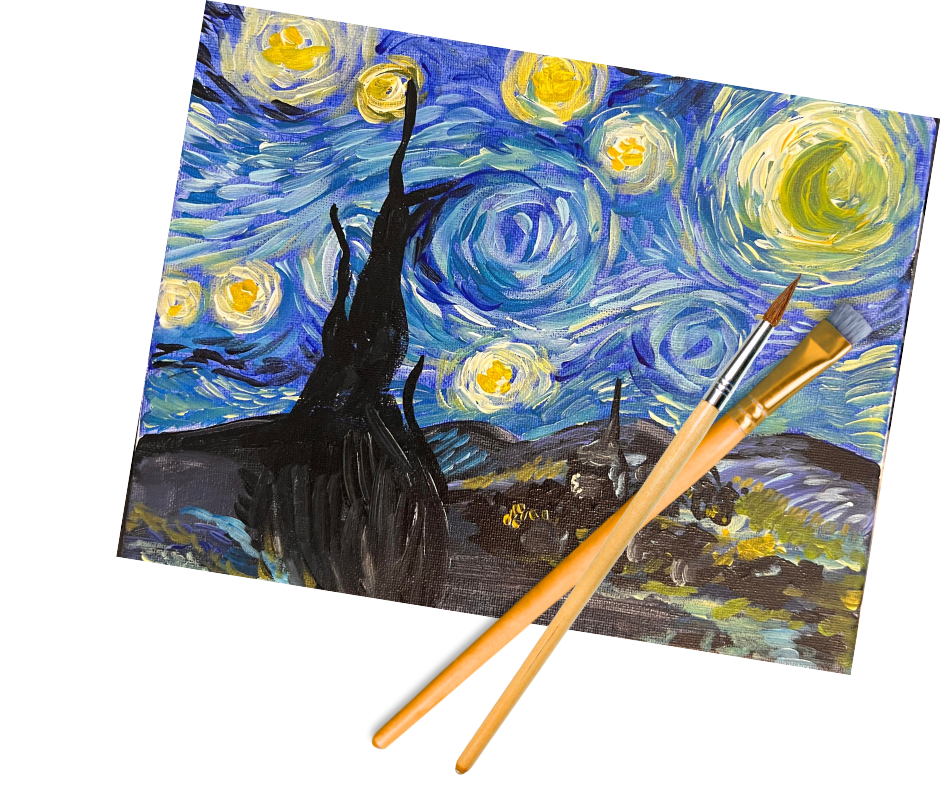So, you’ve decided to try acrylic painting—amazing choice! Whether you’re here because you’ve always wanted to explore your creative side, or you’re looking for a fun night out, acrylic paint is the perfect place to begin.
Why? It’s forgiving, colorful, and easy to learn. At Artväna, we’ve seen countless beginners go from “I can’t even draw a stick figure” to proudly showing off their first canvas. All it takes is a little guidance and a willingness to play with paint.
If you’re ready, let’s dive into 10 simple tips to kickstart your beginner acrylic painting journey.
Quick Acrylic Painting Facts for Beginners
| Fact | Why It Matters for Beginners |
|---|---|
| Acrylics dry quickly | Great for layering, but you’ll need to work fast for blending. |
| Water-based medium | Easy cleanup—just soap and water. |
| Works on many surfaces | Canvas, paper, wood, fabric…the options are endless. |
| Beginner-friendly | Forgiving: you can paint over mistakes once dry. |
1. Start Simple with the Right Supplies
Don’t stress about buying expensive tools. A basic acrylic set, a couple of medium-sized brushes, and a canvas are enough to get started. If you want a detailed list, check out our guide on acrylic painting for beginners step by step where we break down must-have supplies for first-time painters.
2. Learn the Magic of Color Mixing
One of the coolest parts of painting is discovering what happens when colors mix. With just red, blue, yellow, black, and white, you can create endless shades. It’s like having your own mini science experiment on canvas.
3. Keep Paint Wet a Little Longer
Acrylics are famous for drying quickly. That’s good for layering, but tricky if you’re blending. Keep a spray bottle nearby to lightly mist your palette—it’ll buy you extra time.
4. Try Easy Projects First
Want a confidence boost? Start with easy acrylic painting for beginners, like sunsets, flowers, or abstract shapes. Simple designs help you learn brush control without the pressure of perfection.
5. Follow Step-by-Step Guides
When in doubt, go step by step. That’s why so many people love joining our paint and sip nights—our instructors break each project into simple stages so you can paint, sip, and laugh your way to a finished canvas.
6. Build Paintings in Layers
Think of your painting like a sandwich—start with a solid base (background), then add toppings (details).
7. Embrace Mistakes (They’re Part of the Fun)
Made a line too thick? Painted the wrong color? No worries! Wait for it to dry, then paint over it. Acrylics are very forgiving—mistakes often turn into creative surprises.
8. Take Care of Your Brushes
Rinse them while painting and wash them with gentle soap afterward. If acrylic paint dries on a brush, it’s tough to rescue—so a little care goes a long way.
9. Experiment Beyond Brushes
Sponges, palette knives, even an old gift card can add amazing textures. Don’t be afraid to play around—half the fun of beginner acrylic painting is discovering what works for you.
10. Paint Often and Have Fun
The best tip of all? Keep painting. Remember, art isn’t about being perfect—it’s about expressing yourself and enjoying the process.
Conclusion
Starting your acrylic painting for beginners step by step journey doesn’t have to feel intimidating. With the right mindset and a few easy tips, you’ll surprise yourself with what you can create.
At Artväna, we make painting fun and approachable. Whether you’re joining us for a paint and sip in Washington or checking out our guide on Beginner Acrylic Painting, our team is here to assist you.





